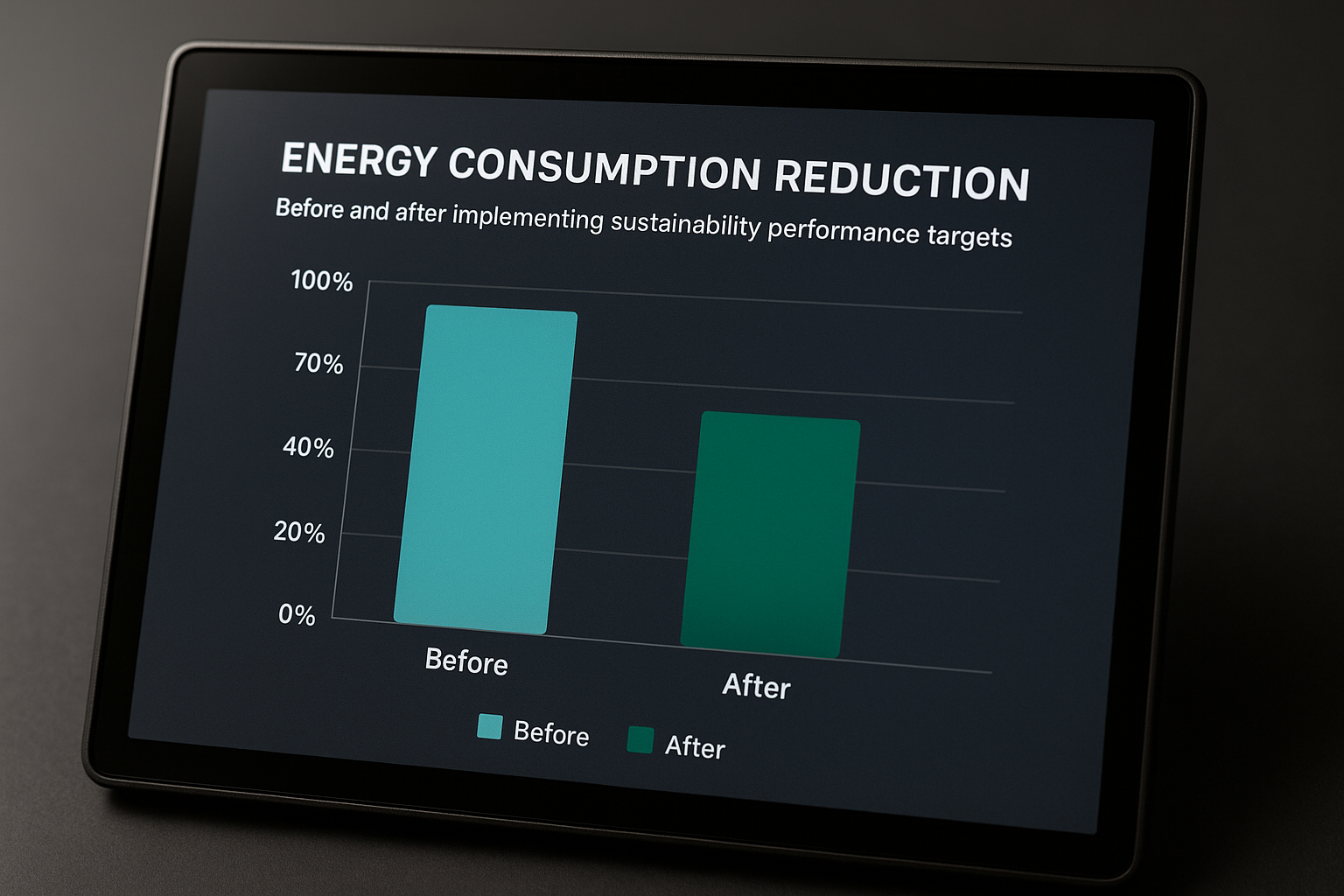Achieve Next-Level Results With Sustainability Performance Targets
Unlock the potential of your business by setting sustainability performance targets, and as you search options for integrating these strategies, you'll discover pathways to not only enhance your environmental impact but also achieve significant economic benefits.

Understanding Sustainability Performance Targets
Sustainability performance targets are specific goals set by organizations to improve their environmental, social, and economic impacts. These targets are crucial as they guide companies in reducing their carbon footprint, optimizing resource usage, and enhancing social responsibility. By establishing clear, measurable objectives, businesses can track their progress and demonstrate their commitment to sustainability, which is increasingly important to consumers and investors alike.
The Benefits of Implementing Sustainability Targets
Adopting sustainability performance targets offers numerous benefits. Firstly, it can lead to cost savings through more efficient resource use and waste reduction. For example, companies that invest in energy-efficient technologies can significantly cut down on energy costs. According to a study by McKinsey, businesses can save up to 20% on energy costs by implementing energy efficiency measures1.
Moreover, sustainability targets can enhance brand reputation and customer loyalty. As consumers become more environmentally conscious, they prefer brands that are committed to sustainability. A Nielsen report found that 66% of global consumers are willing to pay more for sustainable products2.
Real-World Examples of Success
Several companies have successfully integrated sustainability targets with impressive outcomes. Unilever, for example, has committed to halving its environmental footprint while doubling its business. This approach has not only reduced costs but also driven innovation and growth3.
Similarly, IKEA aims to become a climate-positive business by 2030, focusing on renewable energy and sustainable sourcing. This commitment has reinforced IKEA's position as a leader in sustainability, attracting eco-conscious consumers and partners4.
Setting and Achieving Your Sustainability Targets
To effectively set and achieve sustainability performance targets, businesses should follow a structured approach. Start by conducting a comprehensive sustainability assessment to identify areas for improvement. Next, set SMART (Specific, Measurable, Achievable, Relevant, Time-bound) goals that align with your business strategy. Implementing a robust monitoring and reporting system is also crucial to track progress and make necessary adjustments.
Additionally, consider leveraging specialized services or consulting firms that offer expertise in sustainability strategies. These experts can provide valuable insights and tools to help you achieve your targets efficiently and effectively. As you browse options for sustainability consultants, you'll find various services tailored to different industries and needs.
Setting sustainability performance targets is not just a trend; it’s a strategic move that can drive business success. By committing to these goals, you can reduce costs, enhance your brand reputation, and contribute to a more sustainable future. As you explore the possibilities, remember that numerous resources and options are available to support your journey towards sustainability.